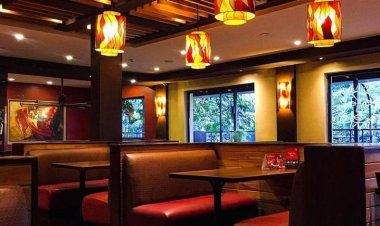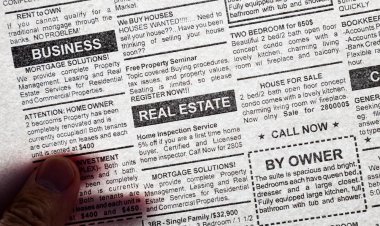The State of Housing In African Cities
The growing economic opportunities in small and big African cities has seen the exodus of population from rural areas. This shift creates a housing problem in cities, not only in terms of quantity but also quality.
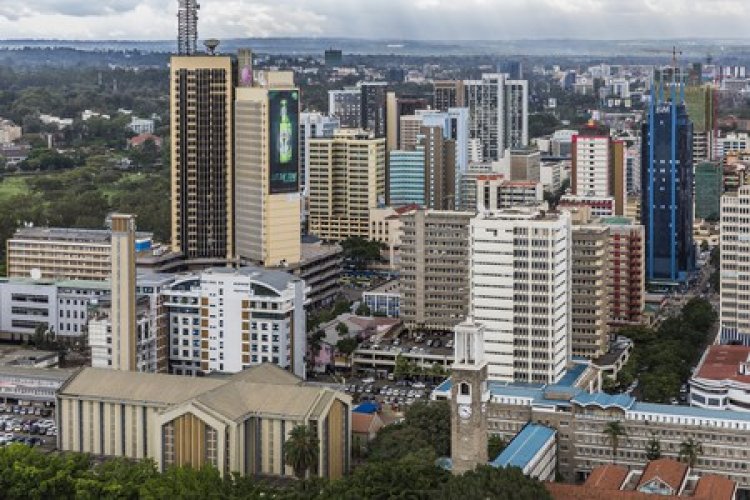
In Africa, cities become the new home to many people everyday, many of whom find themselves without a roof over their heads. Most of them find themselves in slums since cities are not able to expand at the same pace .
The problem of housing affordability in African cities is an important handicap for countries to achieve some of the Millennium Development goals in terms of poverty eradication and environment sustainability. Housing can be considered affordable if it costs below the 30 percent of the household income. Affordable housing refers to housing units that are affordable by that section of the society whose income is below the median household income, however it remains to be out of reach for many in Africa. Aside from the economic view, affordable also means physically adequate and fit for human habitation. In sub Saharan Africa, 59 percent of the urban population live in slums.
Most Africans are poor and cannot afford down payments for even the most subdivided units, and those who can, struggle to meet repayments opting instead to rent out the houses and live elsewhere. High costs and expanding population mostly put an end to the kind of government housing provision that was common in much of Africa during the early post colonial years.
Across the continent, the governmet and builders are hobbled by the wider construction industry, which is often undeveloped and uncompetitive, constrained by poor infrastructure and lack of both skilled labor and cheap materials, leave alone the cost of cement in Africa which is typically around three times the world price, proving costruction to be painfully slow.








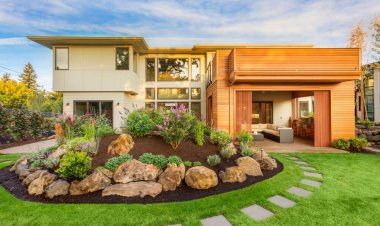
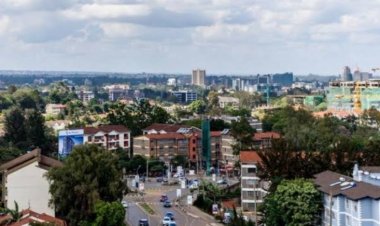

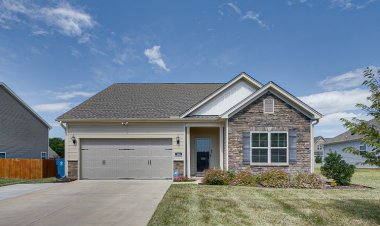

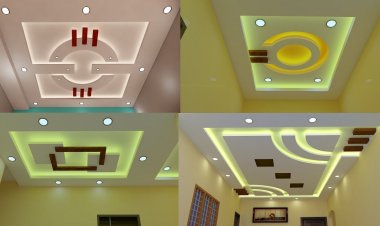











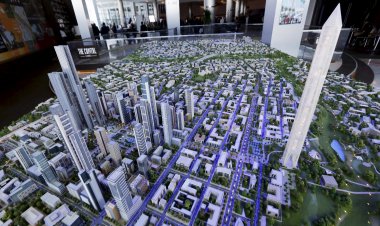



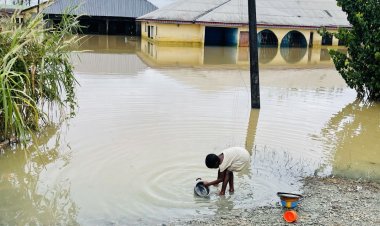
![7 Famous Architectures in Africa [PHOTOS]](https://realestateblogpost.com/uploads/images/2023/05/image_380x226_646c9c2bd8642.jpg)
